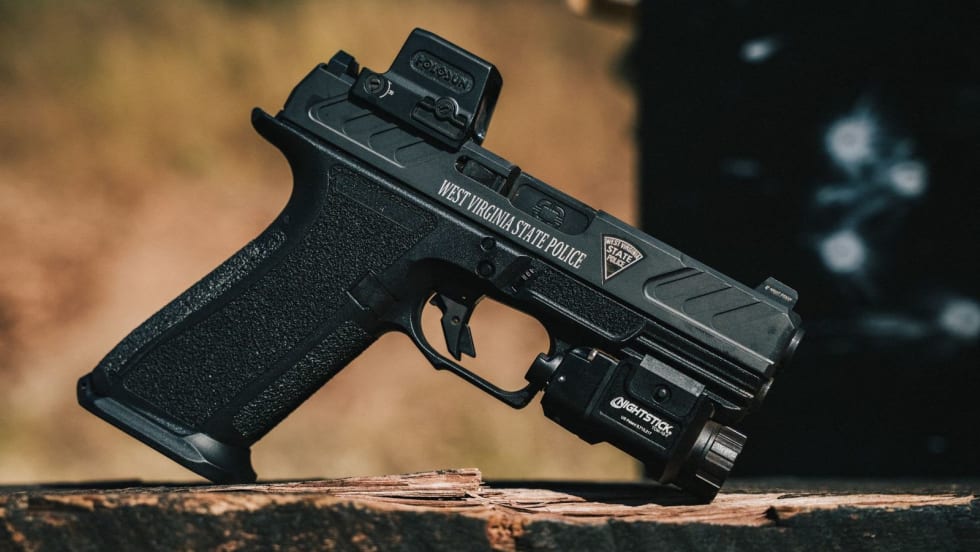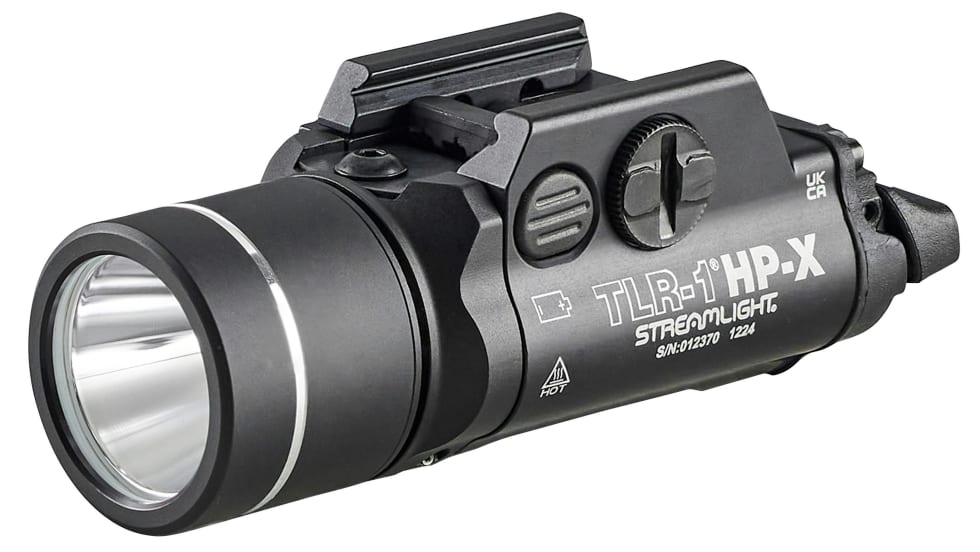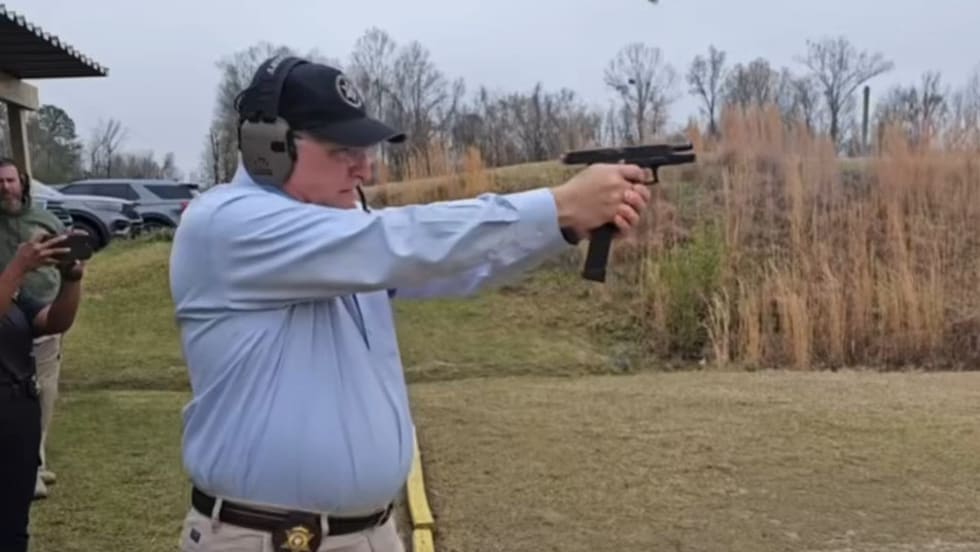Save your targets and make notes on them that include the ammunition maker, bullet type and weight, and velocity, if you know it. You should also keep a notebook while you’re conducting your evaluation. For example, make notes of heavy recoil, bright muzzle flash, or any stoppage. If the gun jams, do your best to describe the problem. Is it a stovepipe jam where the empty casing did not completely eject? Is it a double feed? Was there a failure to extract? Be sure to include which ammunition the stoppage occurred with and also which magazine you were using at the time of the jam.
Stoppages with an autoloader are never a good thing and you should do everything possible to track down the reason. Every once in awhile a manufacturer will let a bad gun slip through its quality control. But more often than not you can trace the reason for an autoloader stoppage to a defective magazine or a bullet that for one reason or another should not be used with that particular weapon.
Whether you’re doing an evaluation or not, any time you fire your weapon and have a jam you should make a note of which magazine the stoppage occurred with. Segregate this magazine from the others and shoot it until you are certain that it is fully functional. If you have continued problems with it, carefully inspect it.
Make sure that the last time you cleaned it you correctly reassembled it. If it’s an older magazine it may be time for its spring to be replaced. This is really important. If your magazine spring has lost some of its ability to store power it will push the rounds up sluggishly and you’ll have a host of feeding problems. Also look closely at the feed lips of the mag. Compare them to the lips of other magazines that have no problems. Note the distance between the lips and any defects or dents. The lips are sensitive and even a small crack will render an otherwise reliable pistol into a “jamamatic.”
[PAGEBREAK]










